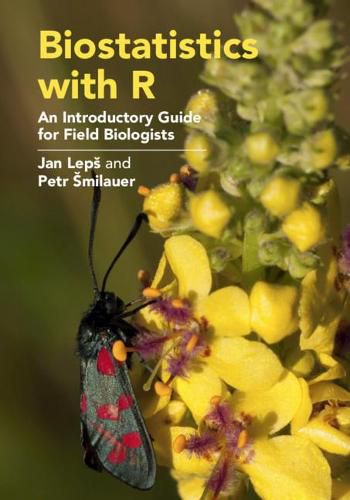Readings Newsletter
Become a Readings Member to make your shopping experience even easier.
Sign in or sign up for free!
You’re not far away from qualifying for FREE standard shipping within Australia
You’ve qualified for FREE standard shipping within Australia
The cart is loading…






Biostatistics with R provides a straightforward introduction on how to analyse data from the wide field of biological research, including nature protection and global change monitoring. The book is centred around traditional statistical approaches, focusing on those prevailing in research publications. The authors cover t-tests, ANOVA and regression models, but also the advanced methods of generalised linear models and classification and regression trees. Chapters usually start with several useful case examples, describing the structure of typical datasets and proposing research-related questions. All chapters are supplemented by example datasets, step-by-step R code demonstrating analytical procedures and interpretation of results. The authors also provide examples of how to appropriately describe statistical procedures and results of analyses in research papers. This accessible textbook will serve a broad audience, from students, researchers or professionals looking to improve their everyday statistical practice, to lecturers of introductory undergraduate courses. Additional resources are provided on www.cambridge.org/biostatistics.
$9.00 standard shipping within Australia
FREE standard shipping within Australia for orders over $100.00
Express & International shipping calculated at checkout
Biostatistics with R provides a straightforward introduction on how to analyse data from the wide field of biological research, including nature protection and global change monitoring. The book is centred around traditional statistical approaches, focusing on those prevailing in research publications. The authors cover t-tests, ANOVA and regression models, but also the advanced methods of generalised linear models and classification and regression trees. Chapters usually start with several useful case examples, describing the structure of typical datasets and proposing research-related questions. All chapters are supplemented by example datasets, step-by-step R code demonstrating analytical procedures and interpretation of results. The authors also provide examples of how to appropriately describe statistical procedures and results of analyses in research papers. This accessible textbook will serve a broad audience, from students, researchers or professionals looking to improve their everyday statistical practice, to lecturers of introductory undergraduate courses. Additional resources are provided on www.cambridge.org/biostatistics.